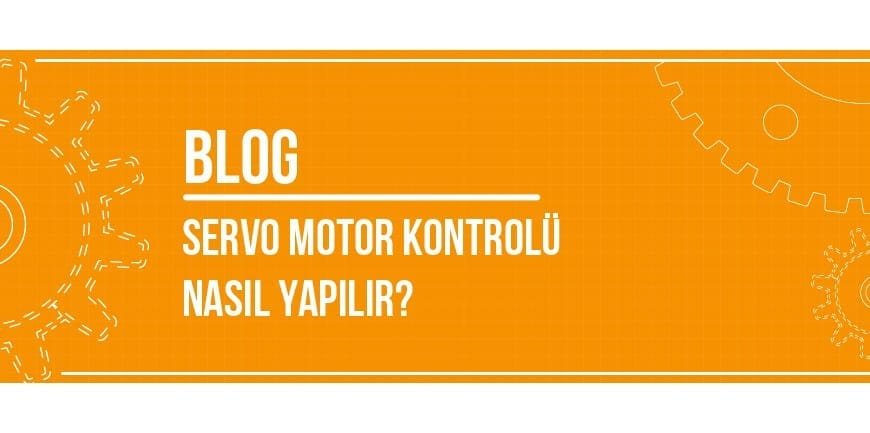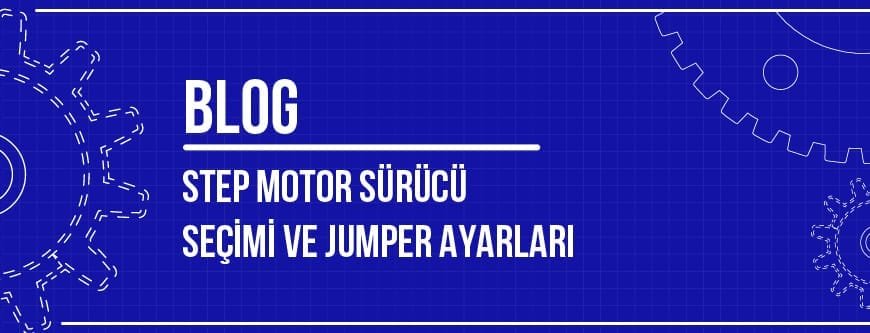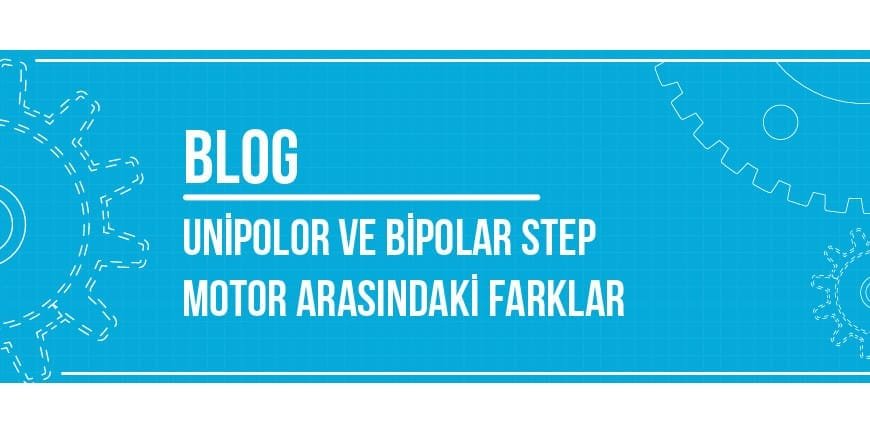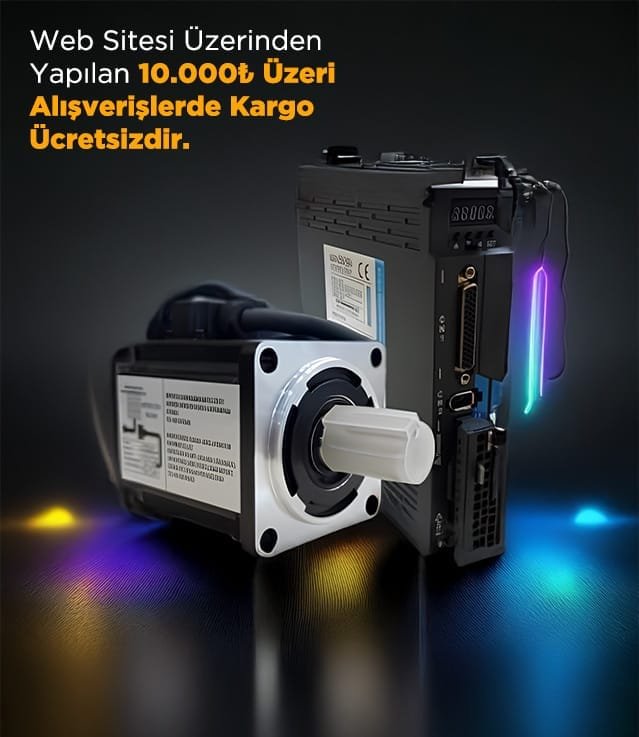No products in the cart.

İçindekiler
The Importance of Selecting the Number of Axes for a CNC Router
What is a CNC Router?
CNC routers, which also refer to systems that provide numerical control by computer, are generally computer-controlled machining tools. The working principle of these machining tools is generally based on computer-aided design (CAD) software. Thus, they cut wood, plastic, metal, and many other materials, as well as carving and shaping them. CNC routers significantly maximize production processes, making them more cost-effective than manual labor for complex designs and reducing the likelihood of errors. As a result, they have become indispensable for many industries and production processes.
What are the advantages of a CNC router?
CNC routers offer many advantages in work processes. These advantages minimize error rates and also reduce costs. If we examine these advantages in detail;
- High Precision: CNC routers contribute greatly to business processes and can perform high-precision machining. This makes it possible to produce complex parts and detailed designs.
- Repeatability: With a fairly simple interface, once this hardware is programmed correctly, it can perform the same task over and over again. Therefore, it provides a high degree of consistency in production processes.
- Automation: CNC routers largely automate the machining process. Therefore, they do not require operator intervention. This reduces operating costs and increases productivity.
- Compatibility with Various Materials: CNC routers can work on wood, plastic, metal, and many other materials, making them versatile and capable of delivering flawless results on a wide range of industrial materials.
- Ability to Process Complex Designs: Due to their structure, CNC routers can process complex designs created with computer-aided design (CAD) software. This makes them ideal for prototyping and customized part production.
- Work Safety: CNC routers reduce physical contact with operators by automating processing operations. This greatly improves work safety.
What is an axis in CNC routers?
The axis, which is very important in CNC routers, indicates a specific direction in which the processing machine moves. In this regard, routers have three or more axis ranges. These axes are divided into two categories: primary and secondary axes. Primary axes are generally referred to as the x-axis, y-axis, and z-axis, while secondary axes are referred to as the a-axis, b-axis, and c-axis. If we examine these axes more closely;
Basic Axes (X, Y, Z)
The basic axes found in CNC routers indicate the main directions in which the router moves. These directions are divided into three groups: the x, y, and z axes. Let us explain these axes:
- X-axis
The X-axis is an axis that controls the horizontal movement of the router. Typically, the X-axis structure moves along the width of the workpiece, enabling movement to the right and left. For this reason, the X-axis is often preferred for processing the side surfaces of the workpiece and typically operates using rails or screw shafts mounted on the router’s carrier section. It also delivers flawless results when cutting or shaping complex parts.
- Y-axis
Another important axis for CNC routers is the Y-axis. The Y-axis is generally a router axis that controls vertical movement. These axes move forward and backward to help cut or shape the parts being processed lengthwise. This provides the advantage of perfect shaping of the desired parts.
- Z-axis
The final axis in CNC routers is the Z axis. This axis controls the vertical movement of the router. This enables the router to move up and down. This axis is generally used to cut or drill workpieces from the top surface downwards. It also enables complex operations to be performed with high precision and control.
- Additional Axes (A, B, C)
Another axis in CNC routers is the additional axes. These axes are mostly preferred for complex projects and three-dimensional processing needs. For this reason, they are known as additional axes. Additional axes generally have three different types: A axis, B axis, and C axis. If we examine them;
- A-axis
The A-axis, which is part of the additional axes, controls the rotation movement around the X-axis. This makes it easier to process cylindrical parts or round materials that the X-axis cannot handle, and provides accurate results.
- B-axis
The B axis, which is the second axis on the additional axes, controls the rotation movement around the Y axis and performs cutting operations at different angles. This greatly simplifies and speeds up work processes.
- C-axis
The C axis, which is the last axis in the additional axes, controls the rotational movement around the Z axis and helps to direct the parts or machining tips to a specific angle or position. This ensures that the parts are machined flawlessly.
How Many Axes Are There in CNC Routers?
CNC routers have more than 3.2 axes. These axes are generally grouped according to the number of directions in which they can move. For example, routers with 3 movements are called 3-axis CNC, while CNC routers with 9 and 11 movements are called 9 and 11-axis CNC. If we examine CNC routers according to the number of axes;
3-Axis CNC:
Three-axis CNC control units are computer-controlled machining tools that perform operations such as cutting, drilling, milling, or shaping workpieces. The term “three-axis” refers to the fact that these machines typically operate with three basic axes of motion. For example, the X-axis controls the horizontal movement (left-right) of the router, the Y-axis controls the vertical movement (forward-backward), and the Z-axis controls the movement (up-down) of the cutting tool or workpiece’s height. This enables high precision and repeatability, simplifying the production of complex parts and optimizing production processes.
4-Axis CNC:
Four-axis CNC control units, on the other hand, typically have a rotary axis added to the three-axis models. This rotary axis is usually referred to as the A-axis and controls the rotational movement of the workpiece or cutting tools. These four-axis CNC routers are typically used for rotary machining operations, enabling the machining of different surfaces or angles of workpieces. This allows for more detailed machining on more complex parts.
5-Axis CNC:
Five-axis CNC control units are machining tools created by adding one or more additional rotary axes to three-axis and four-axis models. One of these additional rotary axes is usually referred to as the A-axis, while the other is defined as the B-axis. Five-axis CNC routers enable more complex and versatile machining of workpieces or machining tools. They are particularly useful when different surfaces or angles of workpieces need to be machined. For example, they are preferred in applications requiring the machining of complex geometries and in industries such as aerospace manufacturing.
6- and 7-Axis CNC:
Six-axis CNC control units and seven-axis CNC control units are versatile machining machines created by adding one or two additional rotary axes to five-axis models. The sixth axis is typically referred to as the C-axis, while the seventh axis is typically a rotary table or clamping device. Six- and seven-axis CNC routers are designed for applications that require more complex machining operations and greater flexibility. These machines enable more efficient machining processes by processing the more complex geometries of workpieces. As a result, they are used in a wide range of applications, from industrial applications to prototype production, and offer businesses a broader range of production capabilities.
9- and 11-Axis CNC:
The most advanced CNC routers, 9- and 11-axis CNC machines, are versatile machining machines designed for more complex and customized machining operations. These machines are created by adding four or six additional rotary axes to five-axis models. The ninth axis is typically referred to as the D-axis, while the eleventh axis can be additional rotary tables, clamping devices, or specialized rotary units. These highly advanced routers can be used across a wide range of applications, from industrial production to prototype manufacturing, offering businesses a broad production capability.
So why is the number of axes important?
The number of axes is important for a CNC router or any CNC machining machine because it determines the machining capability and complexity. More axes increase the machine’s ability to perform more complex machining operations and enable the production of a wider variety of parts. For example, a three-axis CNC router can only perform two-dimensional cutting and shaping operations, while a four- or five-axis router can perform more complex three-dimensional part machining. This enables the machining of more complex and detailed designs and the creation of finer details. At the same time, it results in a more efficient machining process in terms of processing steps.
At the same time, the number of axes directly increases productivity and efficiency. This reduces operating costs and makes production processes more efficient. As a result, the number of axes greatly affects the processing capabilities and efficiency of a CNC router or machining center.
How to Determine the Correct Number of Axes?
When selecting a CNC router or machining center, there are several factors to consider, including the number of axes. One factor is the complexity and requirements of the parts to be machined. Another is the current and potential workload of the business. By considering these two factors, you can determine the correct number of axes.
For example, if you are going to perform more complex operations and your business has potential business volume, you should definitely choose a high-axis router axis. Or, in the opposite case, you should choose a lower-built CNC router axis. This will allow your work processes to progress more smoothly.
CNC control systems with the number of axes you needYou can have it with Şahin Rulman quality. This way, you can achieve maximum efficiency in your business processes.
Diğer Blog Yazılarımız








